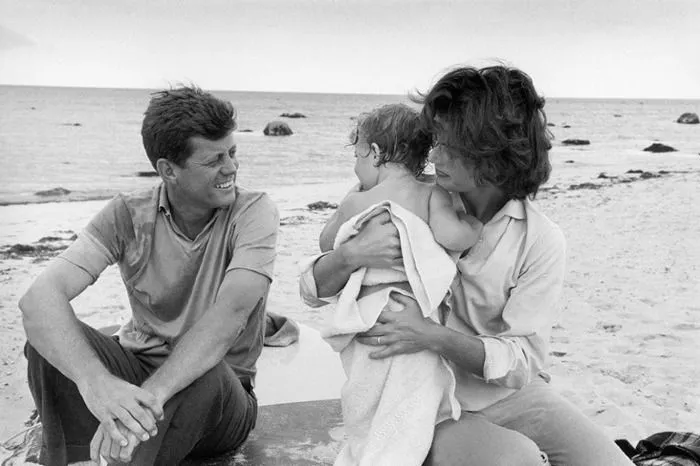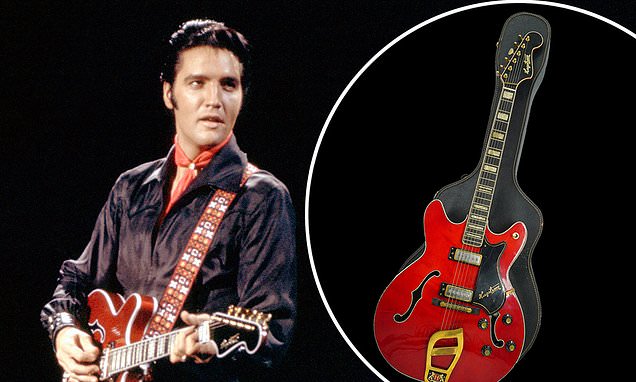In the annals of American television history, there are certain shows that stand the test of time. These are the shows that, despite their age, continue to resonate with audiences, reminding us of the power of storytelling, great characters, and superb acting. One such show is "The Patty Duke Show," which originally aired from 1963 to 1966. Created by William Asher and Sidney Sheldon, this classic sitcom featured Patty Duke in a dual role as identical cousins Patty Lane and Cathy Lane. The series was a delightful blend of comedy, family dynamics, and teenage angst, which endeared it to audiences during the tumultuous 1960s and continues to captivate fans today. In this comprehensive exploration, we will delve into the origins, plot, characters, cultural impact, and the enduring legacy of "The Patty Duke Show."
(Watch the video below)

The Origins of "The Patty Duke Show"

Before diving into the world of Patty and Cathy Lane, it's essential to understand the origins of "The Patty Duke Show." The show made its television debut on September 18, 1963, on the American Broadcasting Company (ABC) network. The series was produced by Sidney Sheldon and directed by William Asher, both of whom would later become well-known figures in the entertainment industry. Sheldon, for instance, achieved recognition as a bestselling novelist, while Asher had previously worked on iconic shows like "I Love Lucy." The origins of "The Patty Duke Show" were rooted in a desire to capitalize on the rising stardom of Patty Duke, who had recently won an Academy Award for her role in "The Miracle Worker." However, the creators needed a unique angle to make the show stand out.
The idea of having Patty Duke play identical cousins was a stroke of genius, allowing her to showcase her acting range and talent in a single show. This concept created ample room for comedic situations, character dynamics, and the exploration of teenage life—a winning formula that would go on to captivate audiences for three memorable seasons.
The Plot and Premise

At the heart of "The Patty Duke Show" is a unique and captivating premise that never failed to entertain. The show revolved around Patty Lane, a typical American teenager living in Brooklyn Heights, New York. However, there was a delightful twist – Patty's identical cousin, Cathy Lane, hails from Scotland and comes to live with the Lanes in America. This setup laid the foundation for a series of comedic misunderstandings and identity swaps, which were at the core of many episodes.
The show's theme song, "Cousins," performed by Patty Duke herself, became an instant hit. It introduced the characters and the central dilemma: "Where Cathy adores a minuet, the Ballet Russes, and crepe suzette, our Patty loves to rock and roll, a hot dog makes her lose control." This catchy tune encapsulated the essence of the series, highlighting the stark differences between the two cousins and setting up the recurring themes of culture clash and teenage rebellion.
As the series progressed, viewers followed Patty and Cathy through various teenage escapades, school shenanigans, and Patty's pursuit of her crush, Richard Harrison. Alongside the fun and frolic, "The Patty Duke Show" also explored relevant issues such as the generation gap, sibling rivalry, and the challenges of growing up, making it a relatable and enjoyable experience for viewers of all ages.
The Characters
The characters of "The Patty Duke Show" (1963-1966) were the heart and soul of this beloved sitcom. Patty Duke, in her dual role as identical cousins Patty Lane and Cathy Lane, showcased her exceptional acting range. Patty Lane embodied the quintessential American teenager of the 1960s, with her outgoing and fun-loving personality. In contrast, Cathy Lane, hailing from Scotland, added sophistication and charm to the series.
The Lane family, including Martin and Natalie Lane, Patty's younger brother Ross, and her love interest Richard Harrison, created a dynamic ensemble that explored teenage struggles, sibling rivalry, and the generation gap, making the show relatable and endearing. These well-defined characters and the brilliant portrayal by the cast were integral to the show's success and its enduring legacy.
Cultural Impact

"The Patty Duke Show" (1963-1966) left an indelible mark on American culture, reflecting the era in which it was created. The show's central theme of teenage rebellion resonated with the youth of the 1960s. Patty Lane's quest for independence and frequent clashes with her parents mirrored the changing dynamics between teenagers and their families during this transformative decade. Patty's character allowed young viewers to feel understood and represented on screen.
The show's influence extended to the fashion world as well. Patty Duke's stylish outfits as Patty Lane became a source of inspiration for many young girls at the time. Her wardrobe included the iconic "Patty Duke dress," a short, colorful dress that remains a symbol of 1960s fashion. The show also played with the idea of accents and identity as Cathy Lane's Scottish roots clashed with her American surroundings, reflecting the era's growing interest in international cultures and setting the stage for the globalized world we know today. While primarily a comedy, "The Patty Duke Show" subtly touched on various social issues of the time, including women's roles, gender dynamics, and generational gaps, contributing to its cultural relevance.
Conclusion
"The Patty Duke Show" is a timeless gem of American television that captured the hearts of viewers in the 1960s and continues to do so today. Its enduring appeal is a testament to the brilliance of its creators, the talent of its cast, and the relatability of its themes. Patty Duke's dual role as Patty and Cathy Lane showcased her exceptional acting prowess, earning her critical acclaim and cementing her status as a television icon. The show's impact on American culture, from fashion to music to its portrayal of teenage rebellion, is a testament to its cultural significance.
As we reflect on "The Patty Duke Show," we are reminded of the power of storytelling and how it can transcend time and generations. The show's ability to connect with audiences, regardless of the era, speaks to the universal themes it explored. It remains a beloved classic, cherished by those who grew up with it and discovered its magic in subsequent years. Patty and Cathy Lane, with their charm and relatable struggles, continue to remind us of the enduring appeal of great television, making "The Patty Duke Show" a timeless and unforgettable part of American pop culture.



